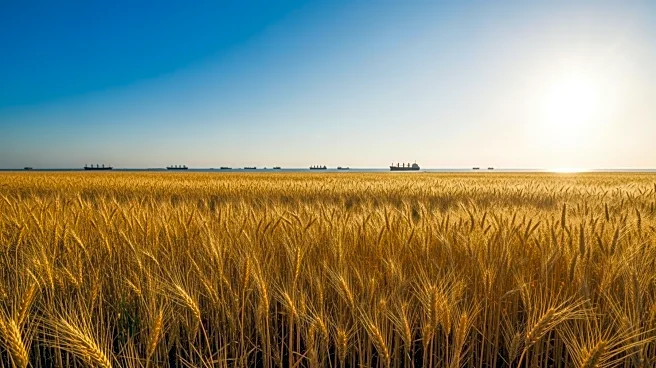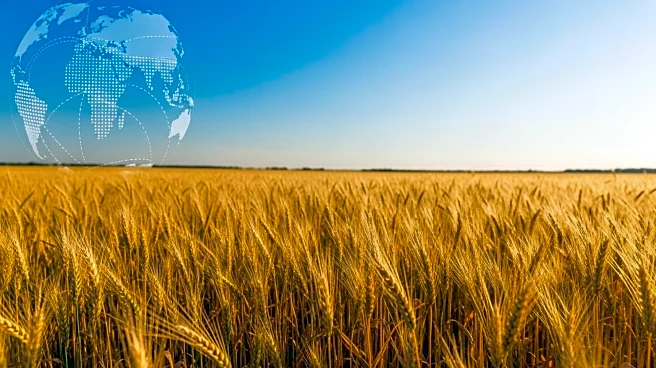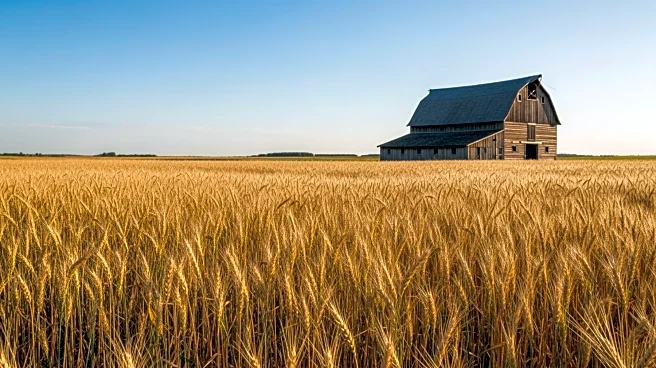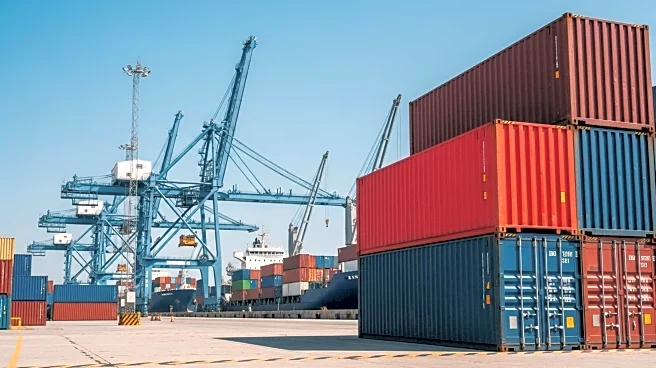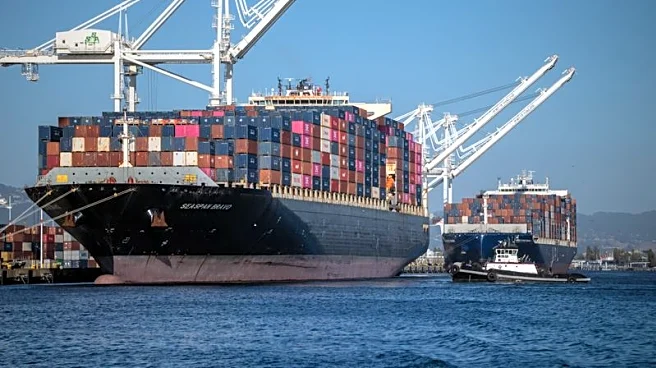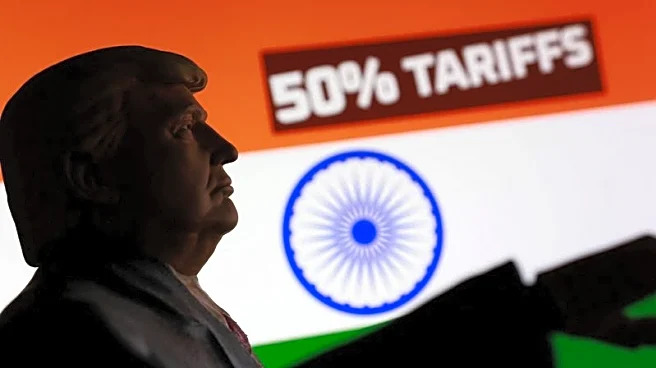What's Happening?
Economic advisers in South Dakota have raised concerns about the state's agricultural economy due to an oversupply of crops and declining foreign demand. During a recent virtual meeting, Karl Adam, president of the South Dakota Bankers Association, highlighted that despite healthy crop yields, farmers are facing significant financial losses, with corn prices dropping from over $7 per bushel to under $4. Evert Van der Sluis, an economics professor at South Dakota State University, noted that the state's GDP growth forecast is only 0.4%, compared to the national average of 1.7%. The situation is exacerbated by labor shortages in agriculture and construction, compounded by federal immigration policies and tariffs implemented by the Trump administration. The shift in soybean purchases from the U.S. to Brazil by Chinese buyers has further impacted the market, with U.S. agricultural exports to China declining by 39% over the past year.
Why It's Important?
The economic challenges faced by South Dakota's agricultural sector have broader implications for the state's economy and the livelihoods of its farmers. The decline in crop prices and foreign demand could lead to financial instability for farmers, potentially resulting in increased bankruptcies and a contraction of balance sheets. The situation underscores the vulnerability of the agricultural sector to international trade dynamics and federal policies. The reliance on government intervention for financial support highlights the precarious nature of the current agricultural economy. The shift in global trade patterns, particularly with China, could have long-term effects on U.S. agricultural exports and the competitiveness of American farmers in the global market.
What's Next?
Farmers and economic stakeholders in South Dakota may need to advocate for policy changes and seek alternative markets to mitigate the impact of declining foreign demand. The potential for federal financial support remains uncertain, and stakeholders may need to explore innovative solutions to address labor shortages and improve market access. The ongoing trade tensions and tariff policies could continue to influence the agricultural sector, necessitating strategic adjustments by farmers and policymakers.
